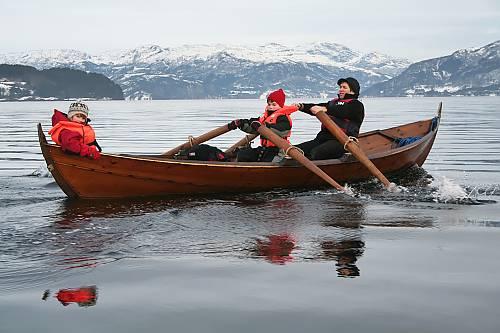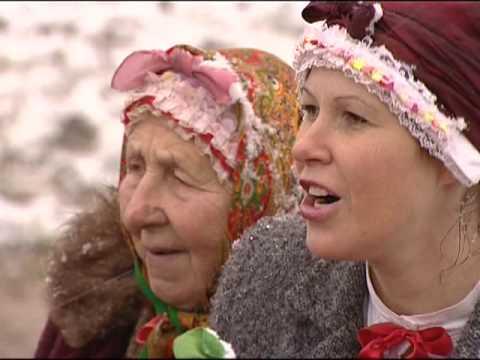There have been many changes in Ottawa since I first came to Canada’s capital in the ‘50s to play in the Ottawa Music Festival. Back then it was a dour city, brown and rundown. But even so, it certainly wasn’t the place Voltaire had in mind when he described Canada “as a land covered with snow and ice, inhabited by barbarians, bears and beaver.”
In fact, in the early years of the 20th century, Ottawa—whose name is derived from the Algonquin word “adawe,” meaning “to trade”—was a rough, brawling town crawling with lumberjacks and con men.
Lumbering was British North America’s biggest industry during most of the 19th century. The tough, arrow-straight pine of the Ottawa Valley was especially prized by British shipbuilders. By 1864, just 12 years before the original Parliament Buildings were completed, there were over 25,000 lumbermen in the Ottawa Valley—and many more in other valleys in Ontario, Quebec, and New Brunswick. Entire forests were rafted to Quebec for shipment to Britain.
These days trucks loaded with logs still ply Ottawa’s main streets.
Canadian Museum of History
Another tradition has proven its longevity in the nation’s capital: What is now the Canadian Museum of History (formerly the Museum of Civilization) celebrated its 100th birthday back in 1942.
It all started in 1841 when Queen Victoria granted 1,500 pounds sterling for the creation of “the Geological and Natural History Survey of the Province of Canada,” which originated in 1842 with its establishment in Montreal under Sir William Edmund Logan. Scientists soon began collecting geological and archaeological items during field work. By 1851, the collection was important enough to be sent to the Great Exhibition in London, England. And in 1927, an act of Parliament caused the Survey to be renamed the National Museum of Canada.
Part of the museum evolved into the Canadian Museum of Nature; the other part is now the Canadian Museum of History. Both are highlights of a visit to Ottawa, as is the National Gallery of Canada, which boasts a superb Cornelius Krieghoff painting of the Chaudiere Falls as they were before being harnessed for hydro power.
Chaudière Falls
The Chaudière Falls, still in unceded Algonquin territory and called “The Kettle of Boiling Waters,” was and is sacred to the Anishinabe, often used by the Odawa, Ojibwa, and Algonquin First Nations whose people live in the area and feel, as many non-indigenous people do, that no other place in the capital is as charged and symbolic for Canada, yet so little is known by residents and visitors alike.
Most Algonquin still revere the falls as a sacred site. According to Ottawa researcher and historian Lindsay Lambert, their ancestors (dating back as far as 5,000 years) came to the Chaudière from as far away as Canada’s North and many thousands of miles south, to trade and burn tobacco at the falls as an offering. In the 19th century, before the river was dammed for industrial use, the sound of the mighty falls could be heard “many leagues away,” as Algonquin elder Albert “South Wind” Dumont has said.
Prime Minister’s Residence
Another highlight, of course, is 24 Sussex Drive, the official residence of the Prime Minister of Canada. It was originally built by lumberman and Member of Parliament Joseph Merrill Currier as a wedding gift for his wife-to-be. The house was expropriated in 1943 along with other lands by the federal government. It was not until 1951 when Louis St. Laurent moved in that it became the official residence of Canadian prime ministers.
Parliament Hill
Practically no visitor to Ottawa leaves without taking a free tour of Parliament Hill with its three Gothic inspired buildings. Located on the northern side of Confederation Square, it forms a sort of island serving as a centerpiece for several historic sites and cultural institutions. Here you will find the National War Monument, dedicated in 1939 by King George V1, and to the south the National Arts Centre. The turreted building with steeply pitched copper rooftops that looks like a castle is actually the Fairmont Chateau Laurier Hotel.
Rideau Canal
The Rideau Canal, a UNESCO World Heritage Site, begins at a small gorge off Wellington Street. Private boats, including canoes and kayaks, cruise along the canal in the summer. All you need is a license from Parks Canada. The canal trip enables visitors to see Rideau Falls, Parliament Hill, and 24 Sussex Drive. A visit to the Bytown Museum is also recommended. It is located in a former treasury and storehouse used during the construction of the canal.
ByWard Market
One of Ottawa’s biggest tourist draws is the ByWard Market, in full swing from April to November. Established by Lt-Col. John By, the founding father of Ottawa, this colourful market has existed since 1826 and is rimmed with pubs and little restaurants that make it fun to explore.
Susan Hallett is an award-winning writer and editor who has written for The Beaver, The Globe & Mail, Wine Tidings, and Doctor’s Review, among others. She is currently the European editor of Taste & Travel International. Email: [email protected]
MORE INFORMATION
General info: www.ottawatourism.ca
Parliament Hill guided tours: http://tiny.cc/o2rzwx
Boating on the Rideau Canal: http://tiny.cc/c0rzwx
Bytown Museum: www.bytownmuseum.com
Byward Market: www.byward-market.com





